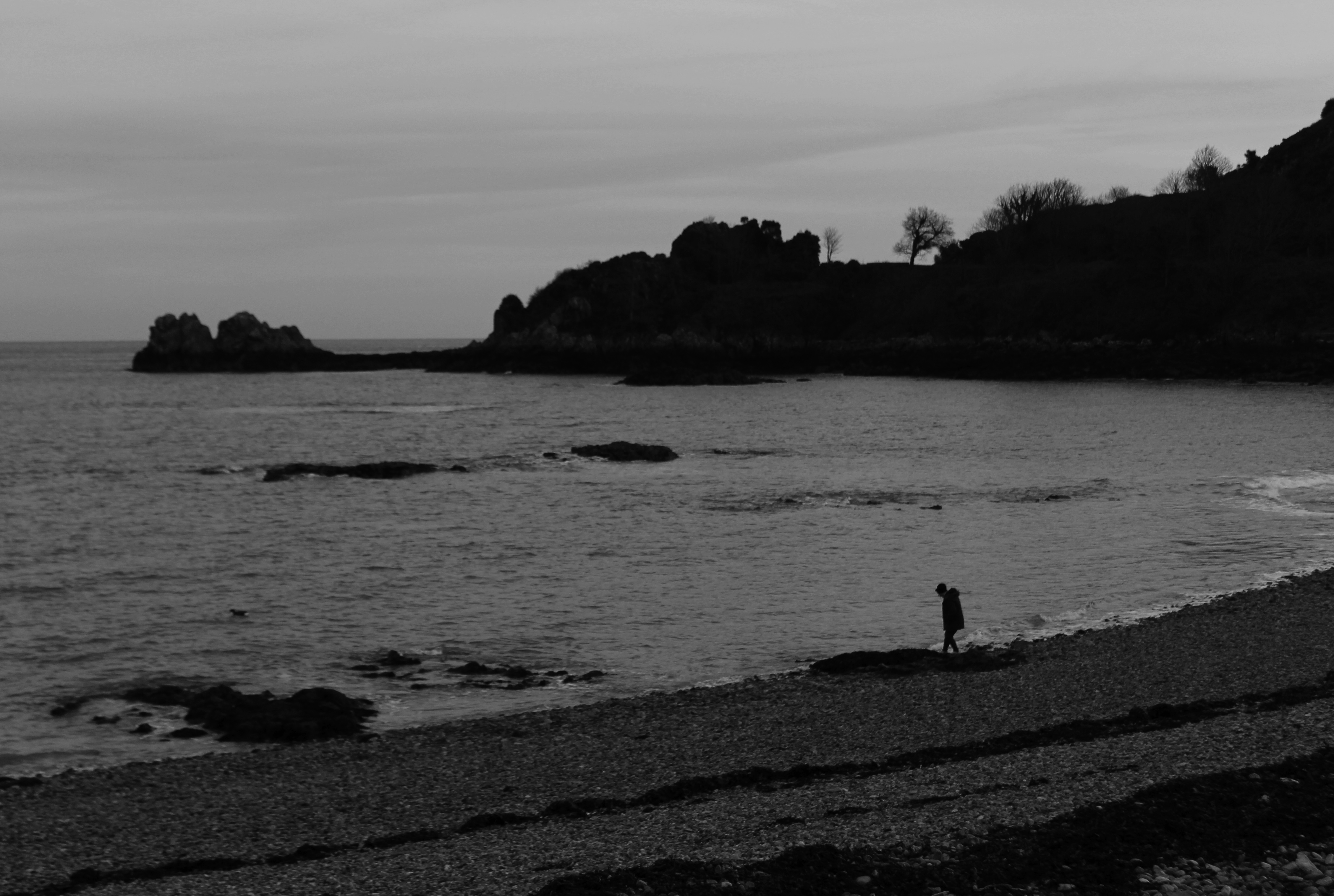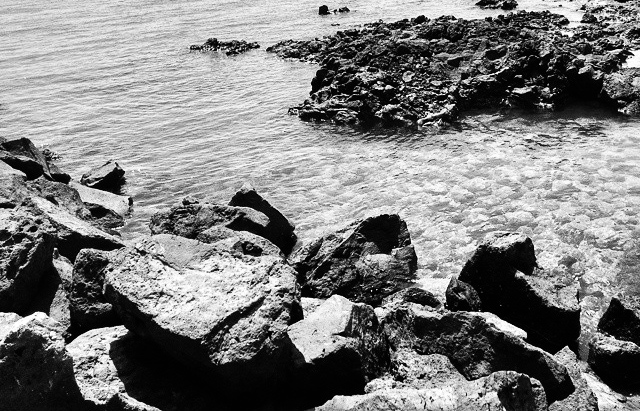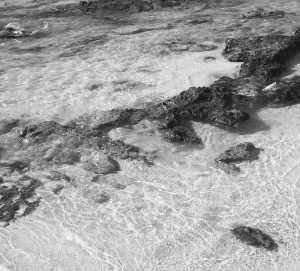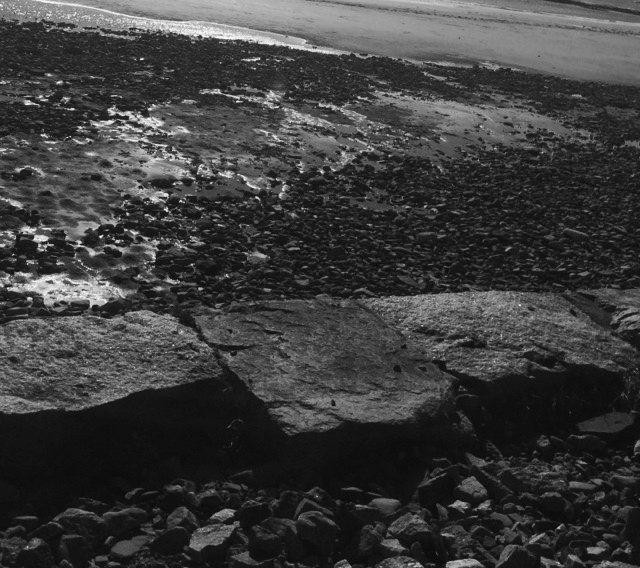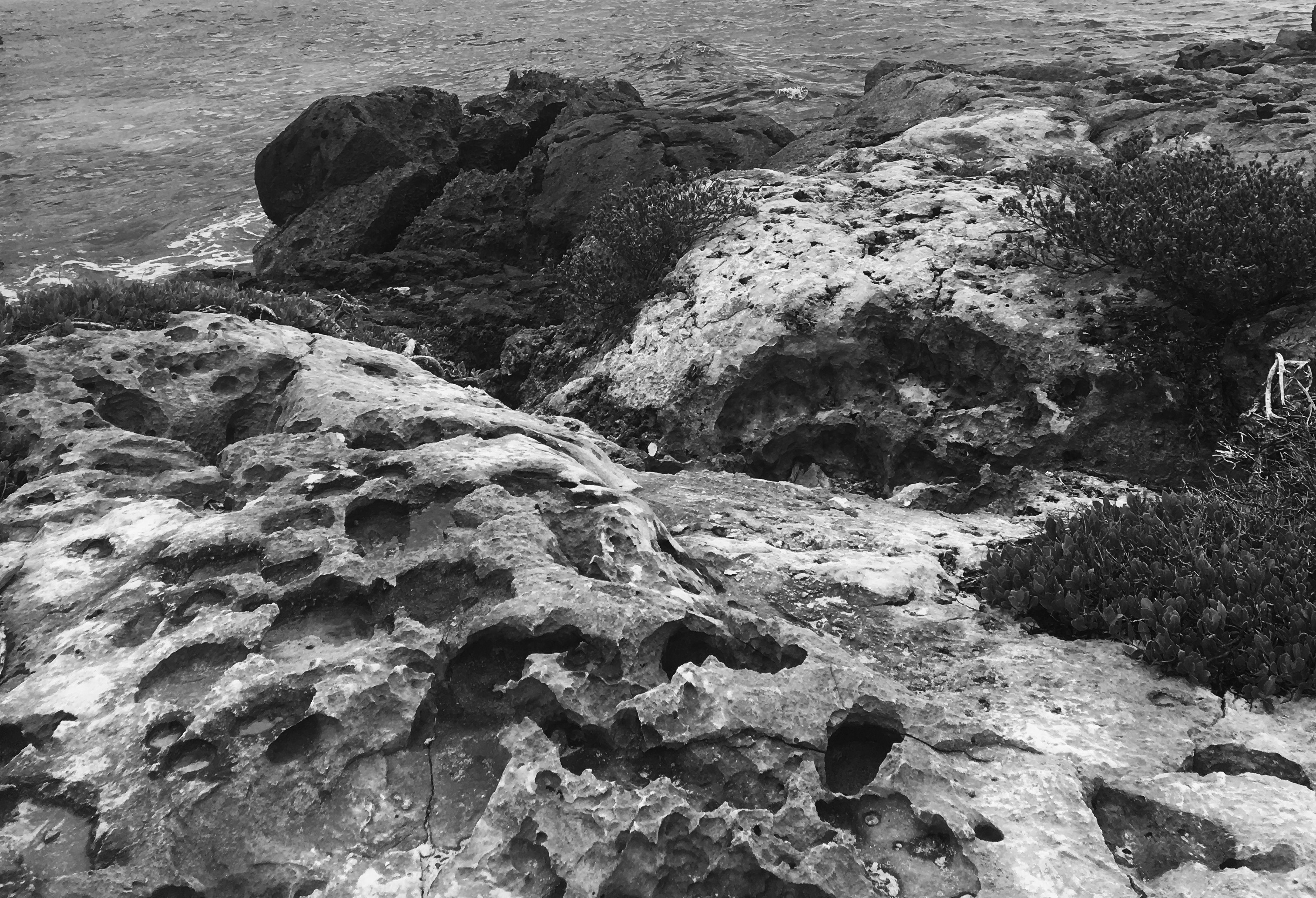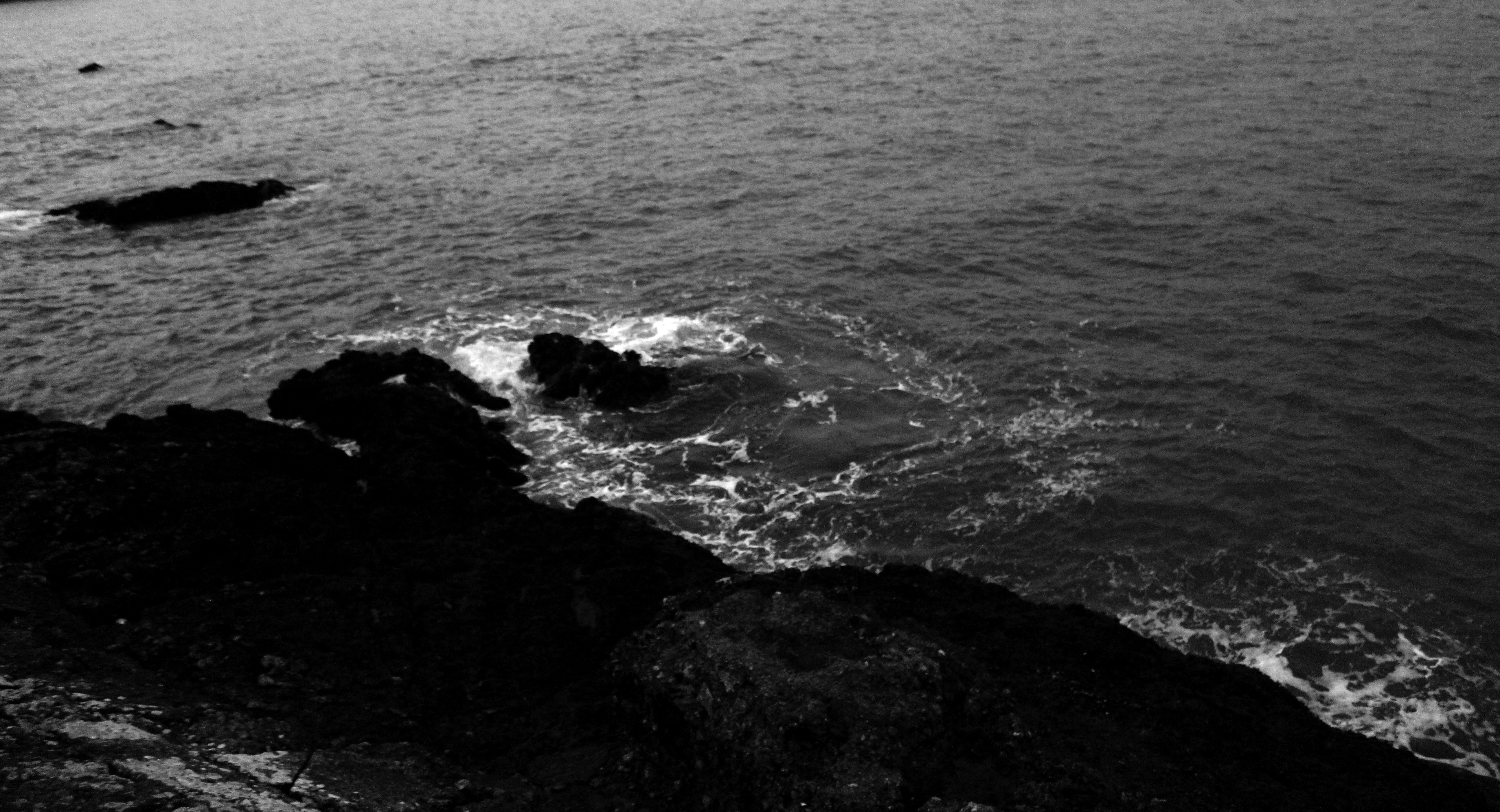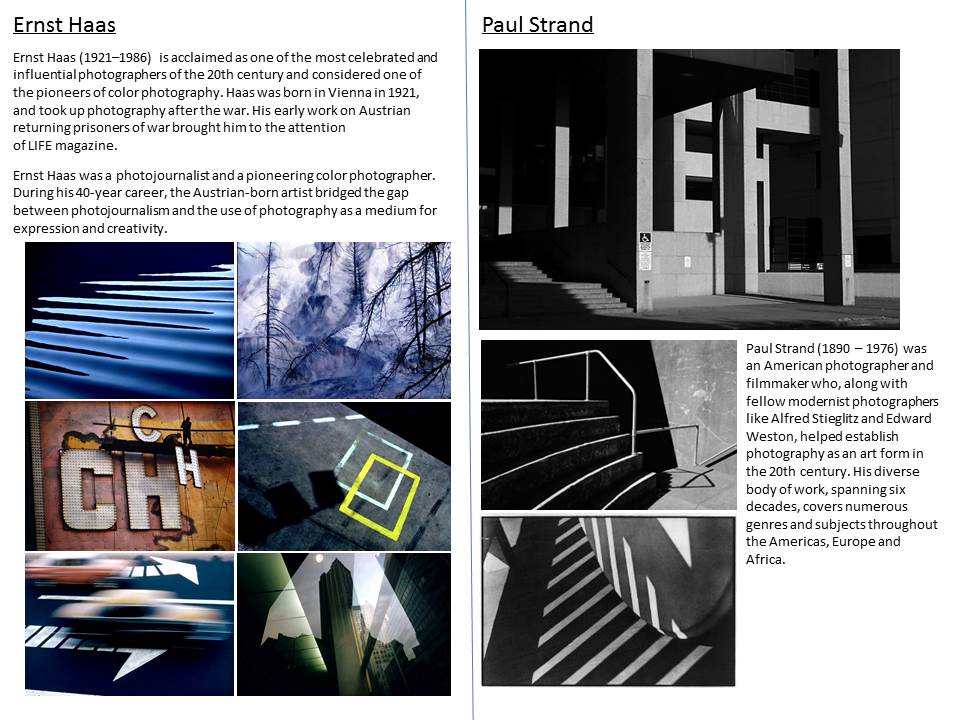

![]()
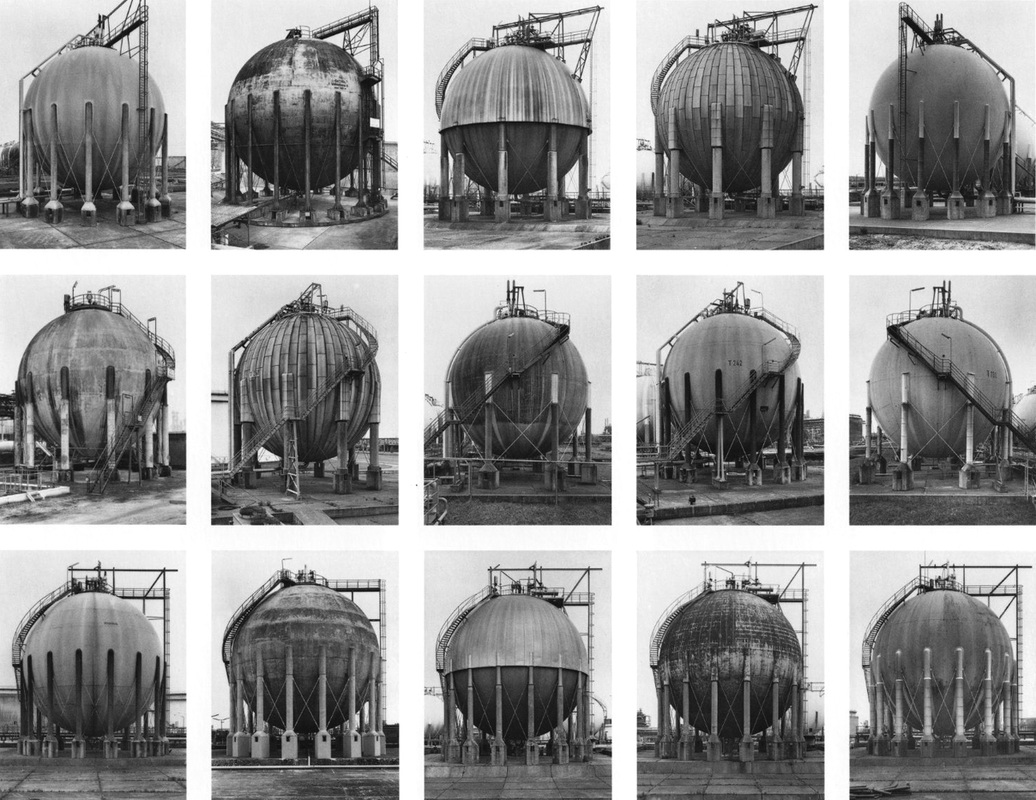

Bernd and Hilla Becher were German photography teachers at The Dusseldorf Kunstakademie. Their contributions to typologies have influenced photographers in photographing batches of similar styles of photographs in a collection including Andreas Gurskv. These photographs are very systematic in the sense that compositions such as framing, angles, lighting and backdrops. Each industrial feature was photographed from 8 different angles, carefully measured out each time. Most of these plants photographed cease to exist, so these are now historical records of a time when Europe suffered political conflict for power through industry and mass mobilization.
Firstly I cropped the photo using the straighten cropped tool to ensure the proportions of the land were the same. This way when the land met it gave a perfect circle. For the pano-spheres I needed to prepare them for the polar filter. I added a new layer and made the height and width the same – 25×25 cm. Then I rotated the image 180 degrees . After this, I applied the polar filter and then rotated my planet according to my liking and I also adjusted the contrast and colors. I particularly like this pano-sphere as in the panoramic, the sun was at a one sided position in the sky meaning the parts of the sky that are interconnecting are darker and brighter. I particularly like this because as to me personally, it represents a clock as you go around and it starts off light, getting darker as you go through the day. For some pano-spheres I blended the seams together using the clone too. Unfortunately it proved messy to do on some where both ends of the photograph were too different and so I had to leave them how the were.
I did this because I wanted to express my theme of abstract and surrealism. Interestingly I chose to focus heavily on the surreal beauty of these pano-spheres. I believe that these edits appear almost appear as planets, with the objects within them appearing as if they make the planets up. This is interesting to me because it displays a sense of how the planets appear quite abstract with the various objects in the photograph standing out as slightly abnormal. I believe the surrealism and abstraction in these edits work well together because the abstraction appears with the colors and shapes generated from these edits and the surrealism is the fact that they appear very strange in the sense that one panoramic appears to of made a planet-like shape.
Throughout many evolutions, including the German occupation and World Wars, Jersey has also become revolutionized and has developed its landscapes as well as it’s people over the years. The occupants who live in Jersey have recorded their lifestyle and how they have lived as Jersey has been developing. These personal memories have become something of the past, however are still kept safe for people to look back on re-live certain periods of time.
These records are kept in a place called an archive and Jersey has many of these to showcase what Jersey has become. An archive is an accumulation of historical records. Archives are kept to show the function of a person or organization. Professional archivists and historians generally understand archives to be records that have been naturally and necessarily generated as a product of regular legal, commercial, administrative, or social activities.
Here are some archival images of Jersey:




Records of how Jersey used to be and look like against photographic records of how Jersey is today allows us to compare lifestyles and understand more about the development of our beautiful island.
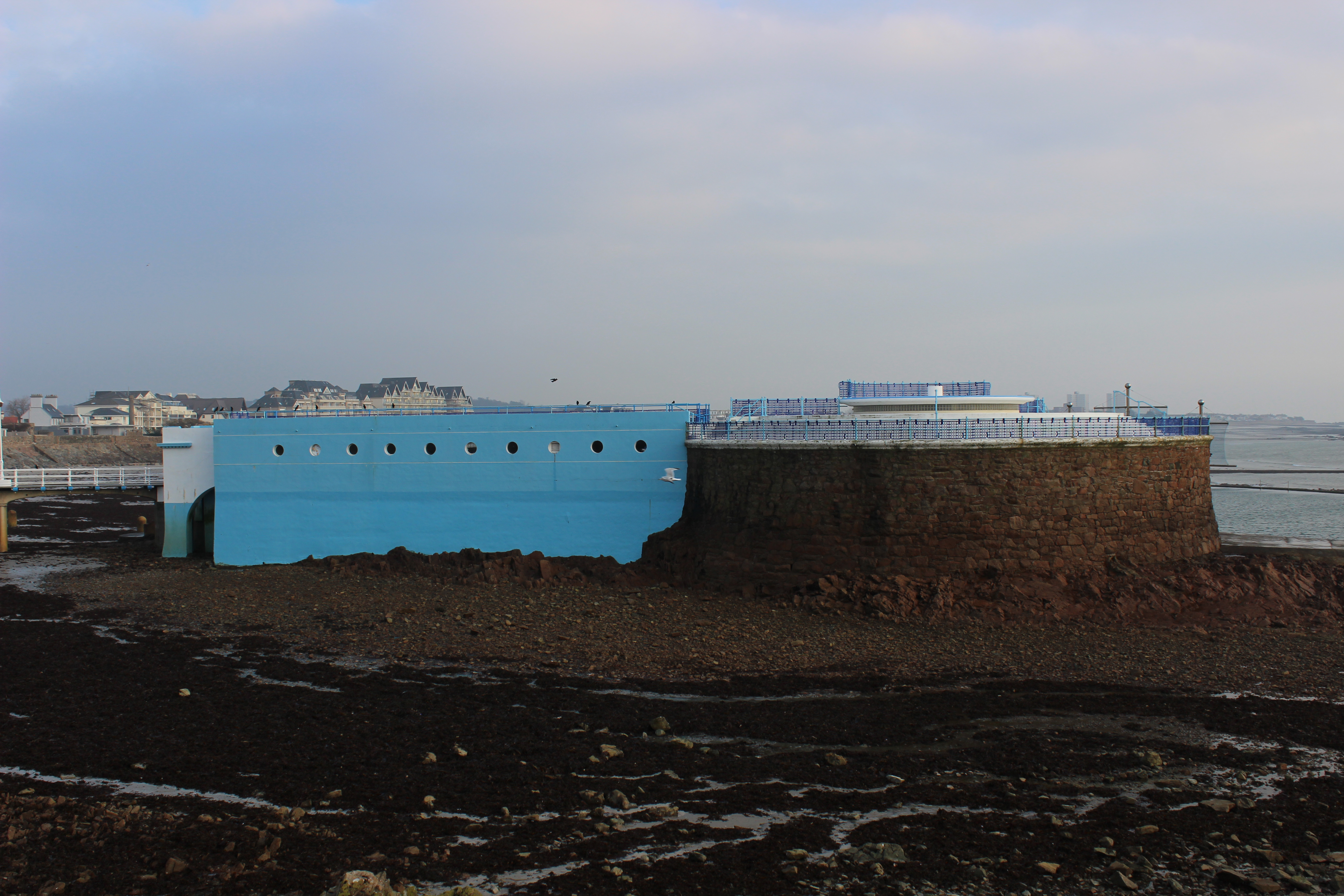
You can find more archival images of Jersey here http://catalogue.jerseyheritage.org/ and here http://societe-jersiaise.org/photographic-archive

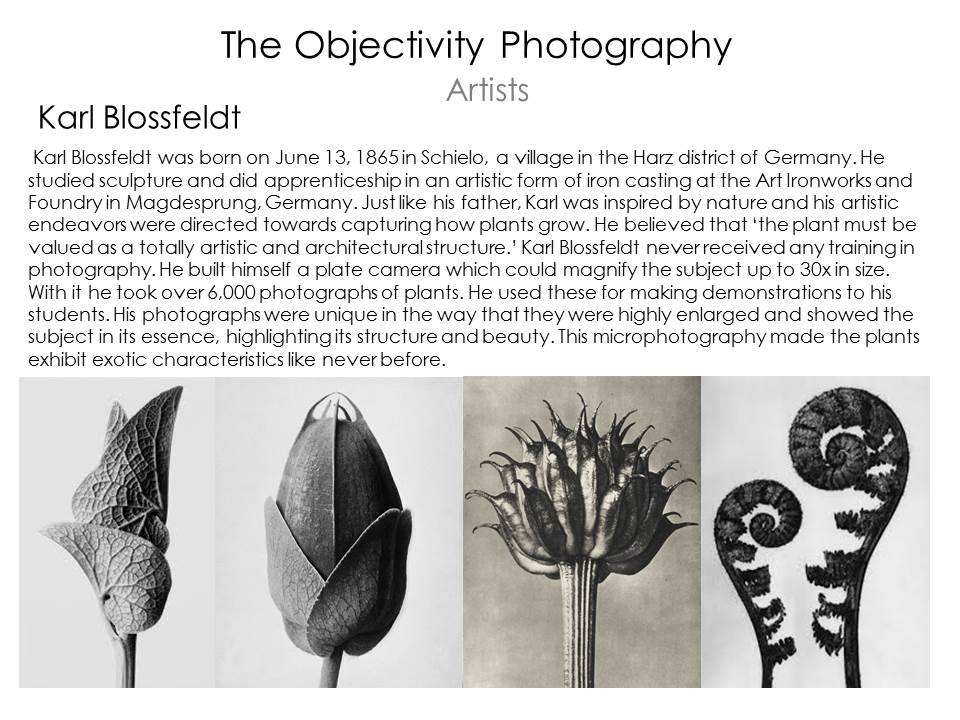
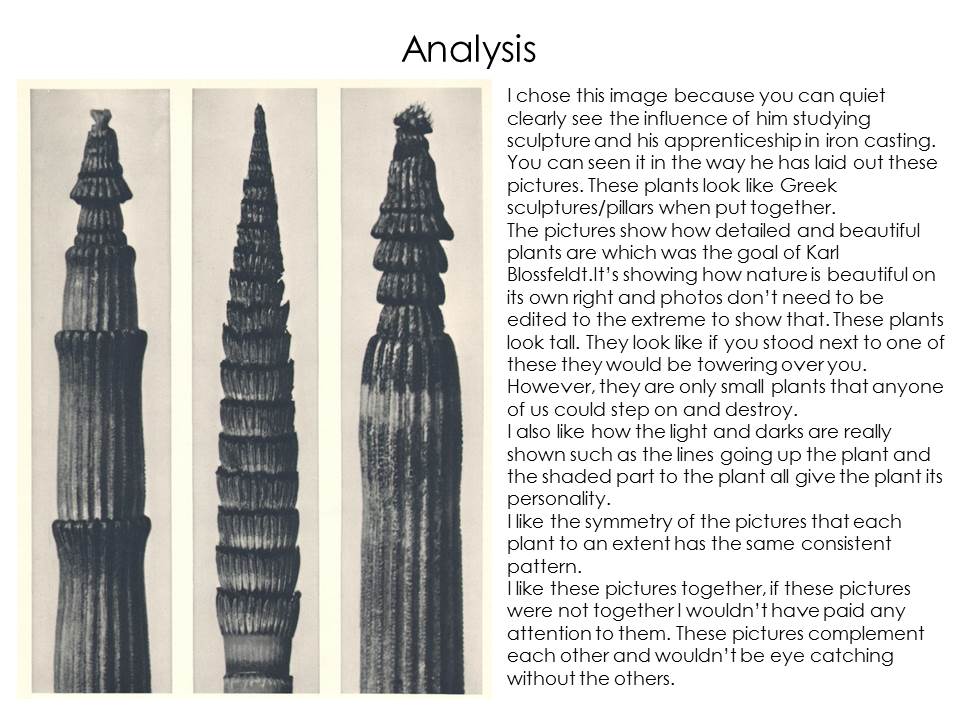
Romanticism (Romantic era/Romantic period) was an artistic, literary, musical and intellectual movement that originated in Europe toward the end of the 18th century. Romanticism was characterized by its emphasis on emotion and individualism as well as glorification of all the past and nature, preferring the medieval rather than the classical. It was partly a reaction to the Industrial Revolution.
In photography, photographers who took up the romanticist approach aimed to sensationalise the overall look of their mages by enhancing certain colours to make the image look almost surreal, glorified and they wanted to dramatize certain areas of their photographs.
It is said that “the movement emphasized intense emotion as an authentic source of aesthetic experience, placing new emphasis on such emotions as apprehension, horror and terror, and awe—especially that experienced in confronting the new aesthetic categories of the sublimity and beauty of nature. Romanticism was a huge step away from the subtleties of photography and instead looked very bold and striking.
In the visual arts, Romanticism first showed itself in landscape painting, where from as early as the 1760s British artists began to turn to wilder landscapes and storms, and gothic architecture, even if they had to make do with Wales as a setting. Caspar David Friederich and J.M.W. Turner were born less than a year apart in 1774 and 1775 respectively and were to take German and English landscape painting to their extremes of Romanticism.

Ansel Adams is an example of a modern day photographer who embraced Romanticism. Classed as the master and crucial pioneer of modern landscape photography, inflecting may of our great’s today, Adams used a black and white film in his images he captured of towering mountains, elegant lakes and snowy hills. This added an effect to each of images, differentiating his from others such as Edward Weston as it created a look to the sky which darkened the blue to a mysterious and shadowy, and quite chilling blackish grey colour that casted over the mountains etc. of his photographs. This is a romanticised example of landscape photography.

Charles Baudelaire also stated that,” Romanticism neither depends precisely on choice of subject nor in exact truth, but a mode of feeling.”
There are a variety of exhibitions and competitions where photographers are being asked to capture single images that absorb vision of the romantic qualities of nature within the landscape that surrounds them.

I firstly used the lasso tool to separate the sky from the land. This would allow me to work on the two aspects individually then bring them together at the end. It s easier than attempting to make the sky darker in colour with the land lighter in colour as a whole image.
I then made both aspects black and white and operated on the sky first. I used the brightness and contrast tool to adjust the overall colour as well as shadows, then the levels tool to perfect the levels of black, white and grey in the sky. I also experimented with curves and exposure. I then made the land the right style to complement the sky, much like Ansel Adams.
I finally used the rubber and blending tool to fix up the edges created by separating the tow aspects at the beginning. This made it look ore professional and slick.


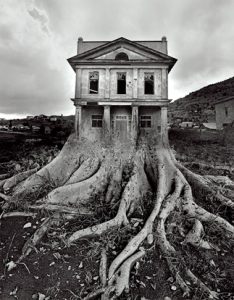
You have until Friday 17th February to finalise your best landscape images. You can choose 3-5 images. Choose wisely…
Dereliction / Isolation / Lonely Places / Open Spaces / Close ups / Freedom / Juxtaposition / Old and new / Erosion / Altered Landscapes / Utopia / Dystopia / Wastelands / Barren / Skyscapes / Urban Decay / Former Glories / Habitats / Social Hierarchies / Entrances and Exits / Storage / Car Parks / Looking out and Looking in / Territory / Domain / The Realm / Concealed and Revealed
Link here : https://photogrist.com/tanja-deman/
You may want to try a range of experiments inspired by these…
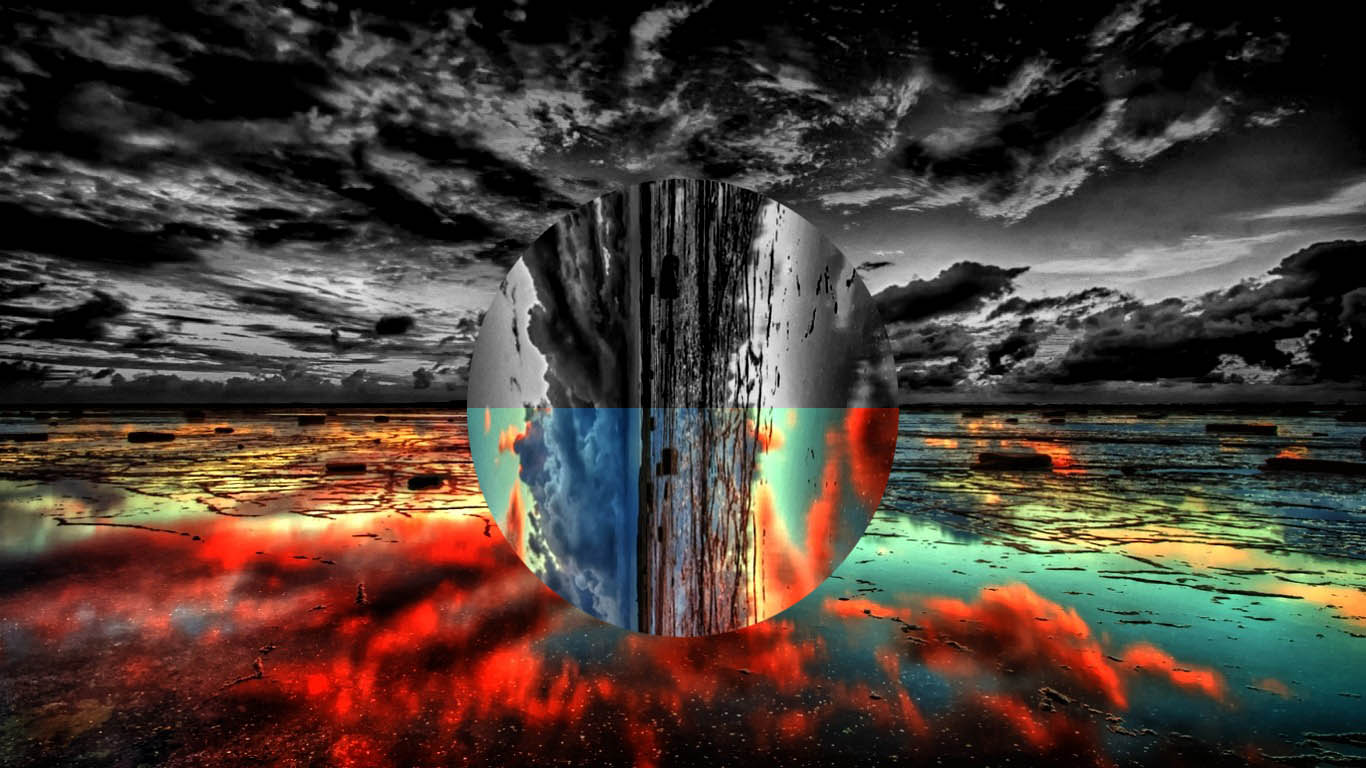
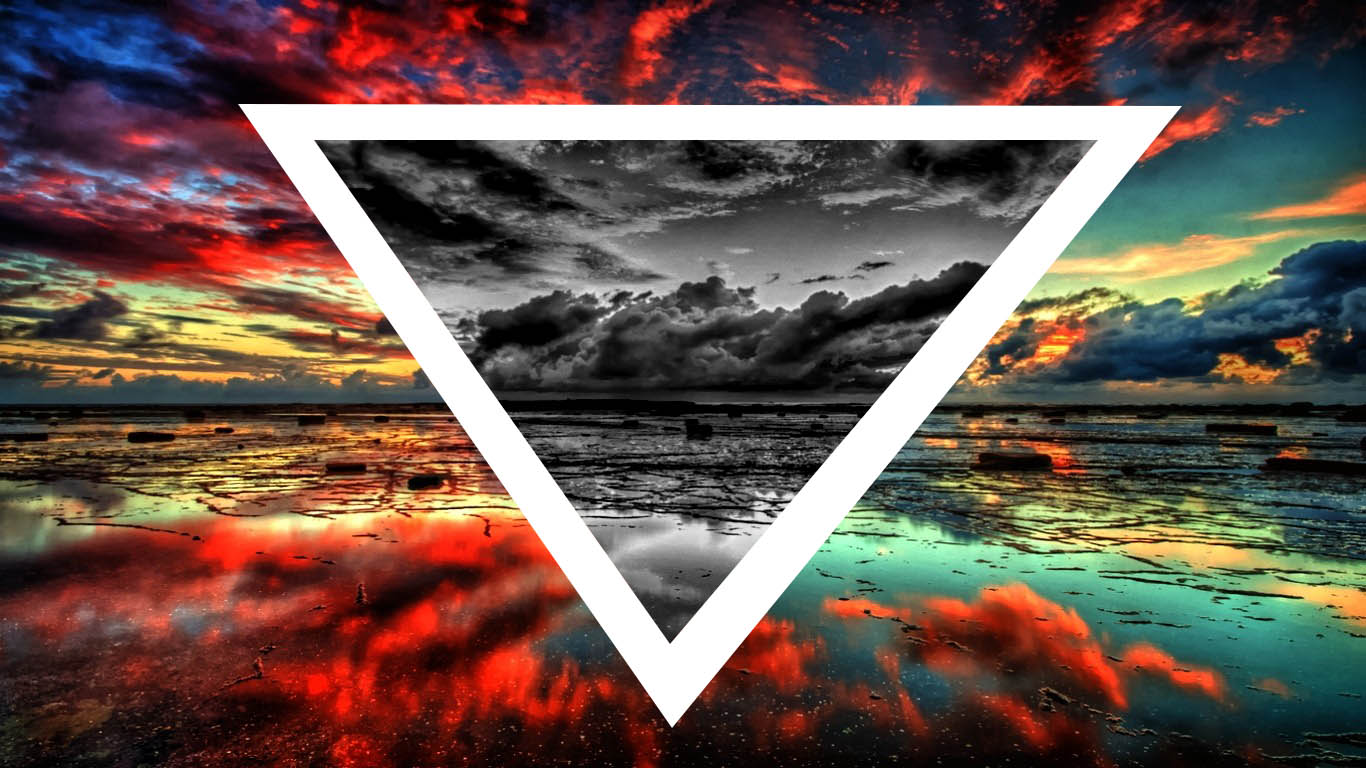
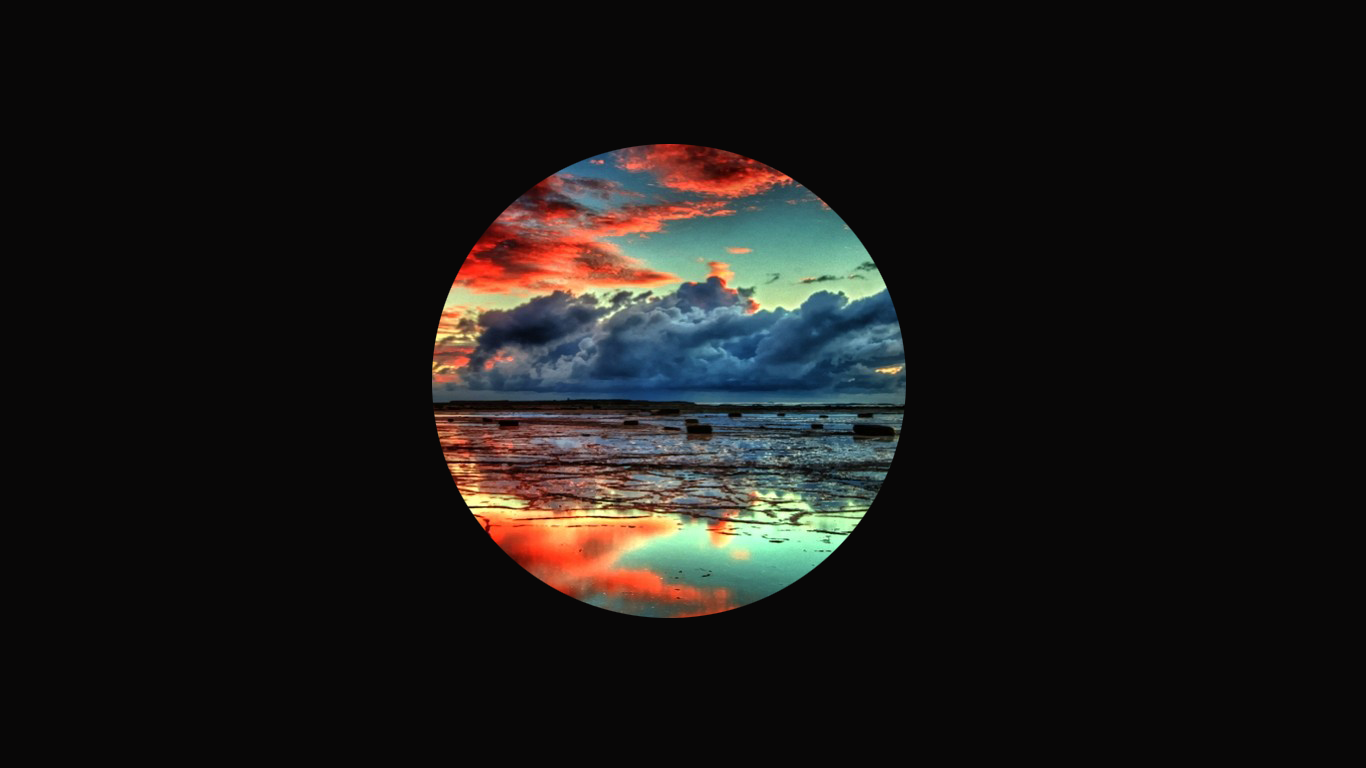
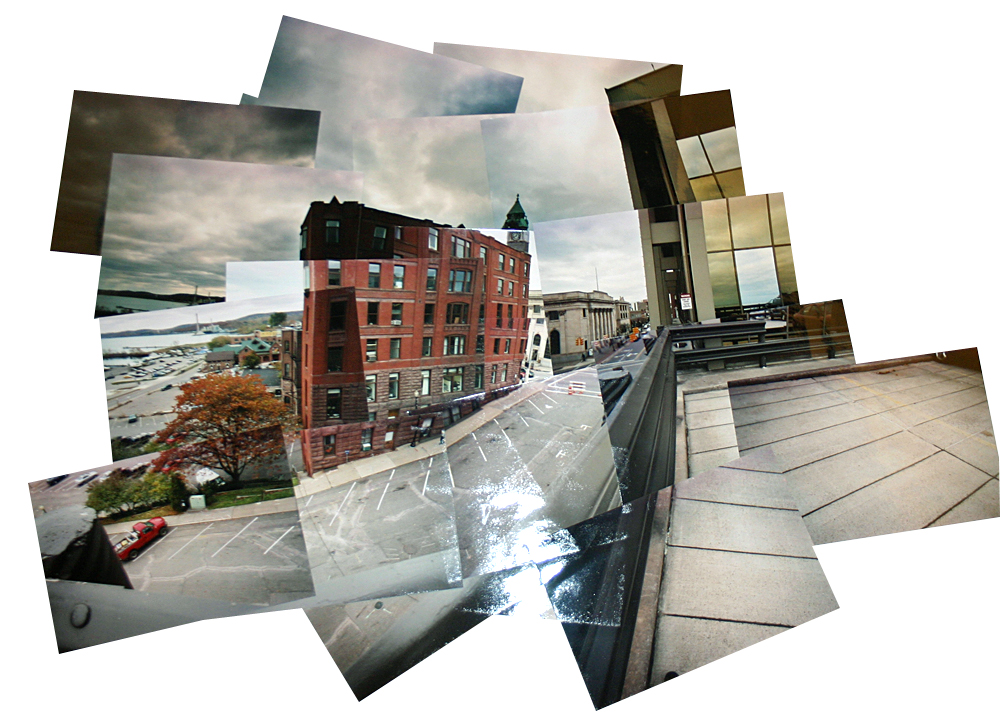
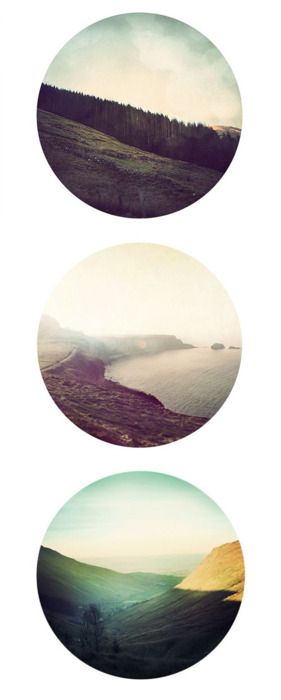
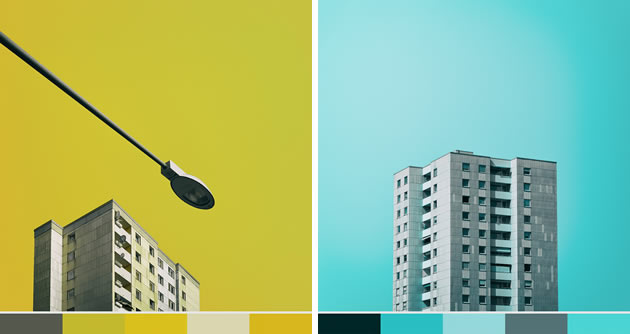

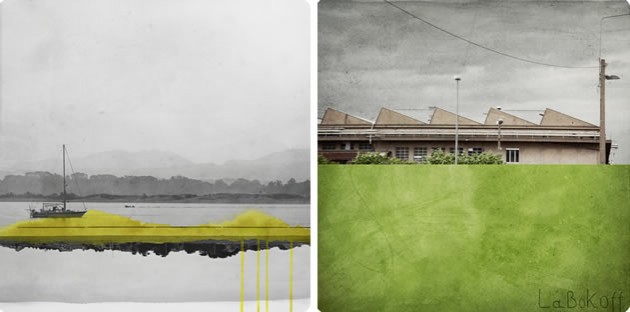
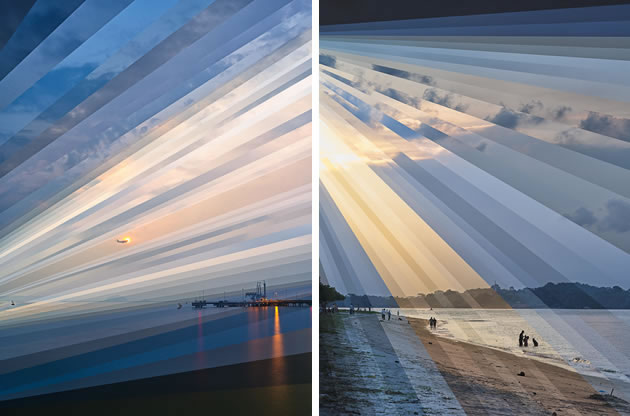
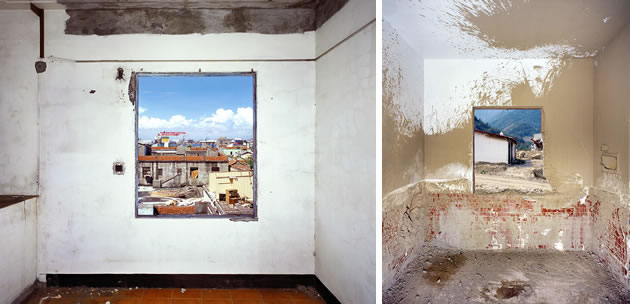
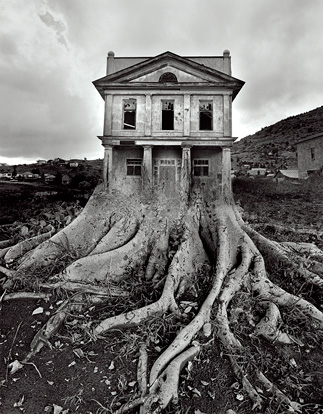
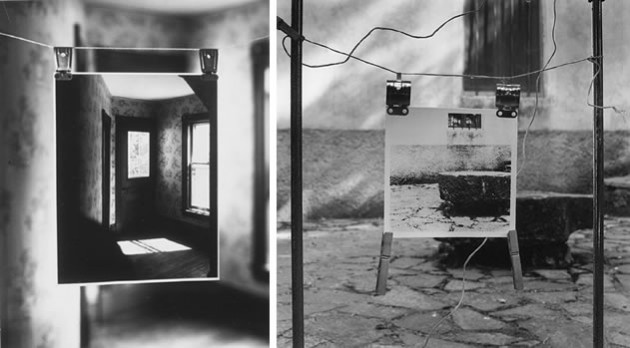
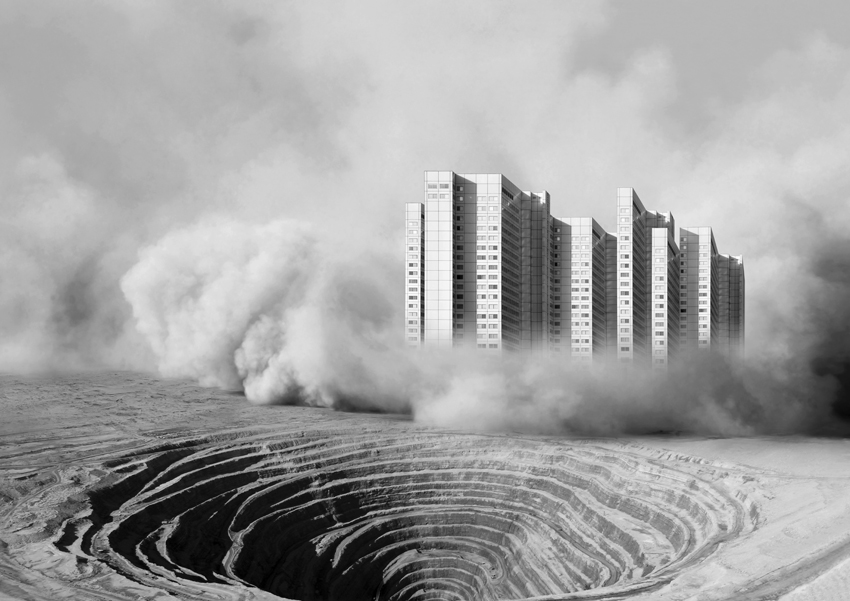
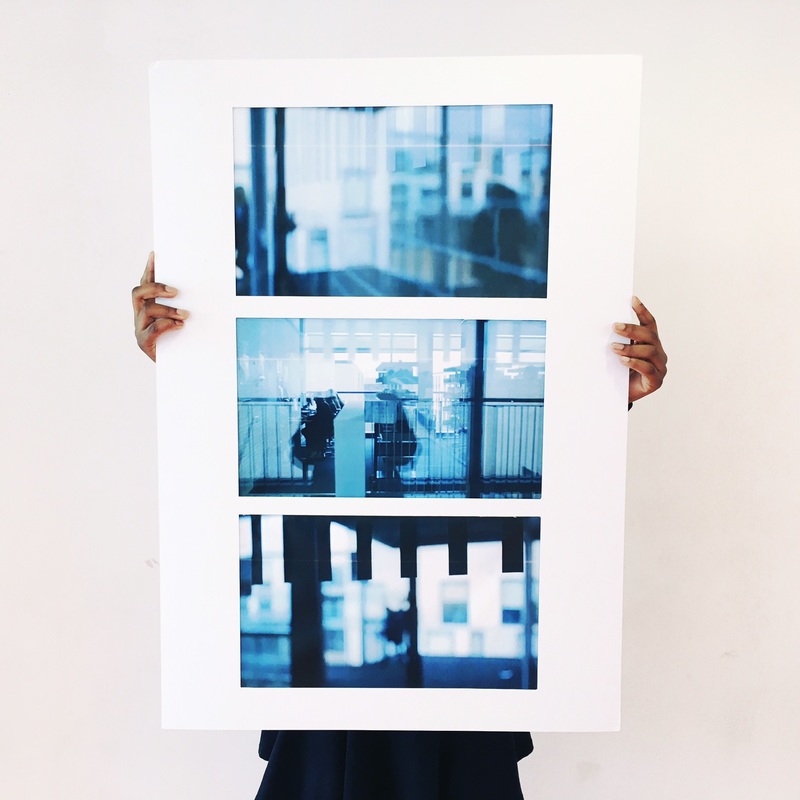
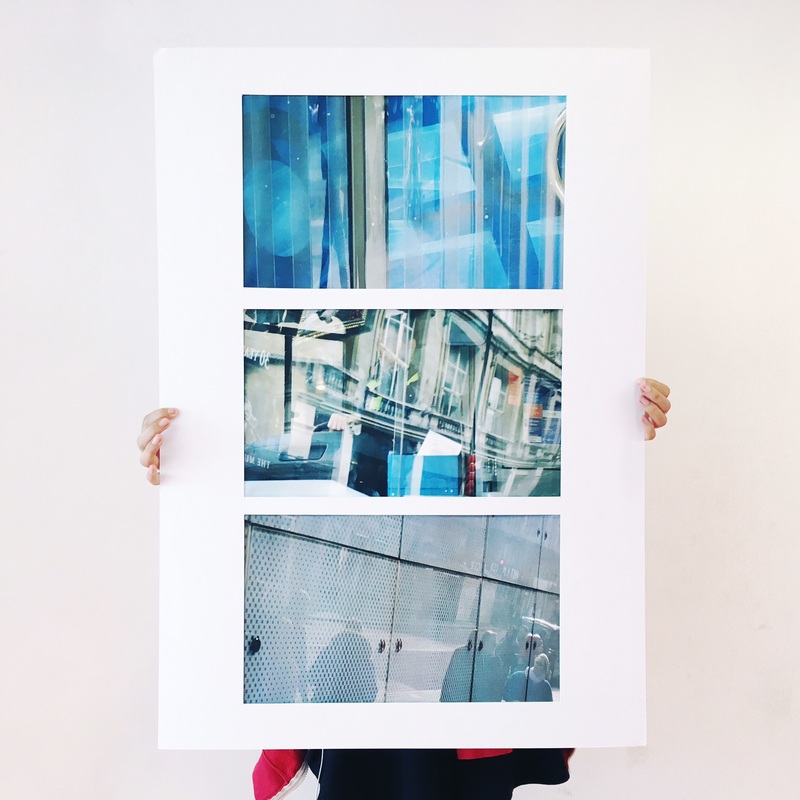
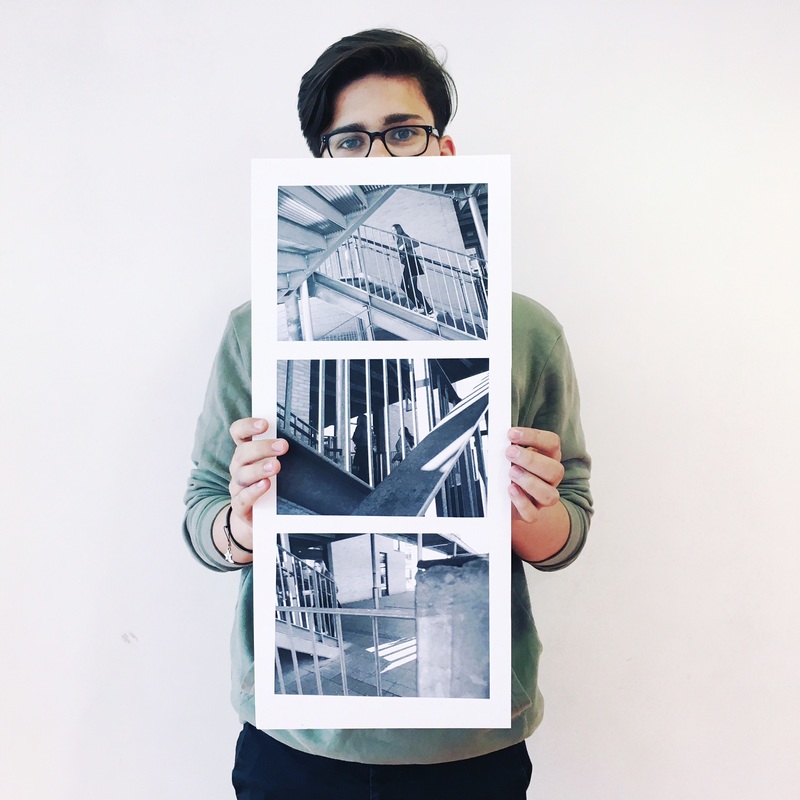
http://www.photopedagogy.com/photo-literacy.html
